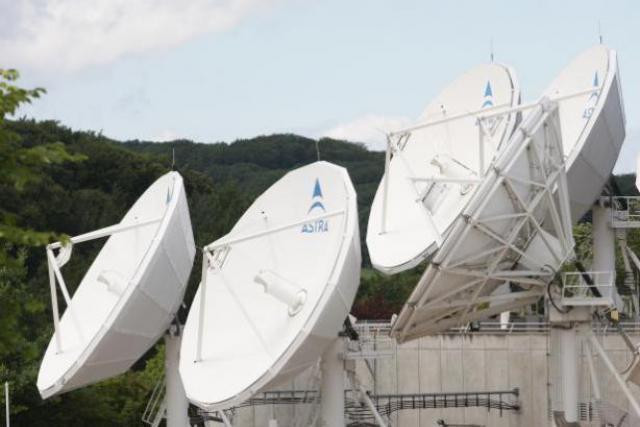SES President and CEO Steve Collar, who took the helm after Karim Michel Sabbagh stepped down from the role last year, called 2018 a year of “top-line growth, exceeding the top end of our revenue outlook on the back of an exceptionally strong year for SES Networks.”
He added: “We are transforming our business internally and externally, retooling the organisation in response to the strong demand for end-to-end services, managing operational costs while expanding competencies and capabilities to drive growth.”
SES has two business units geared toward end-to-end solutions, networks and video, the latter distributing television channels to more than 350m homes worldwide.
According to the company’s 27 February announcement, there was double-digit growth in the networks business due to what the company is calling the “strongest year to date in terms of new business signed”, including expansion in business with the US government, the UN and the European Space Agency, among others.
Its video business, accounting for around two-thirds of group revenue, also landed new customers and platforms, further contributing to the positive results for the year.
SES is a Luxembourg success story, launched in 1985 and becoming a worldwide player in under 30 years. Already Europe’s leading satellite operator by 1998, by 2016 it boasted a portfolio of around 2,500 HD television channels on its satellites. A partnership formed in February 2015 between SES and the Luxembourg government eventually led to the successful placement into orbit in 2018 of the GovSat-1 satellite.
